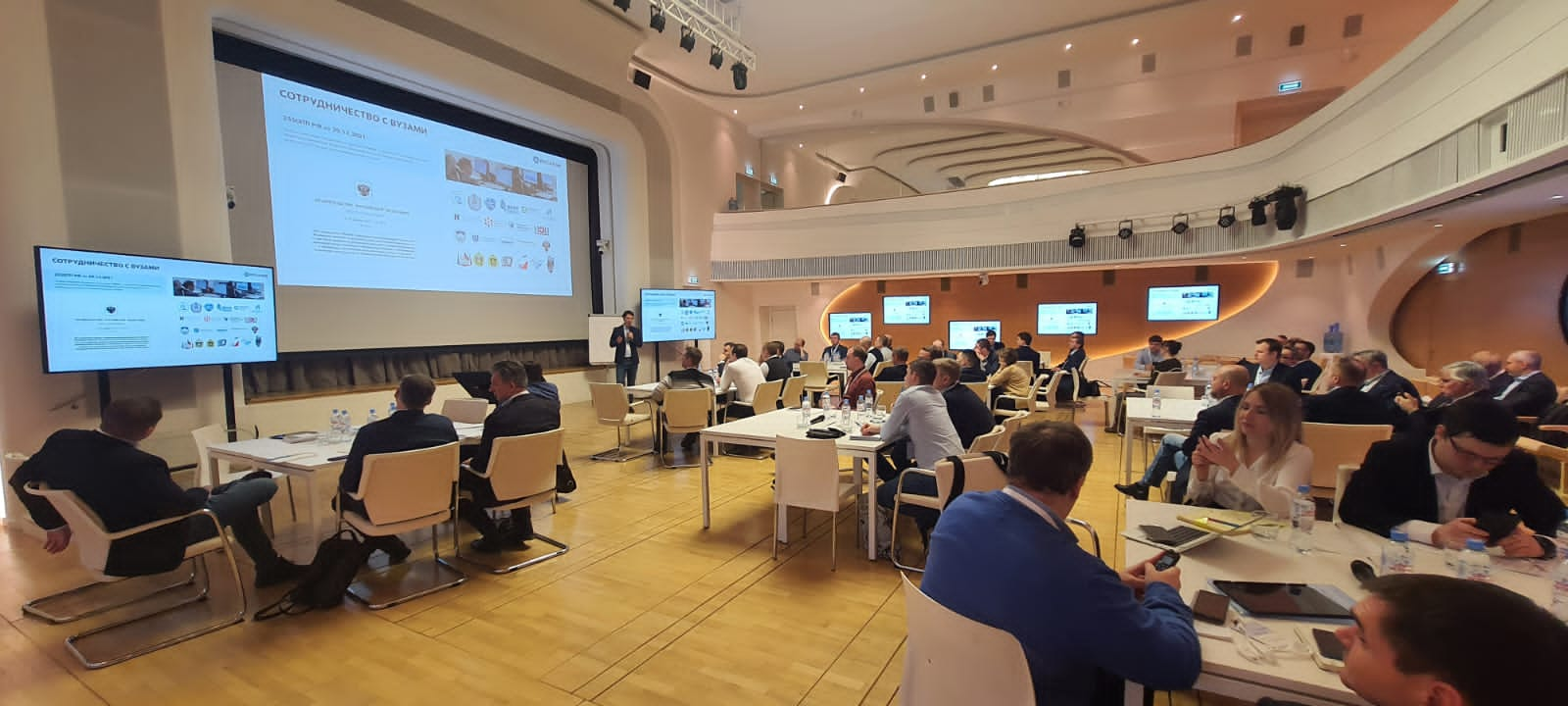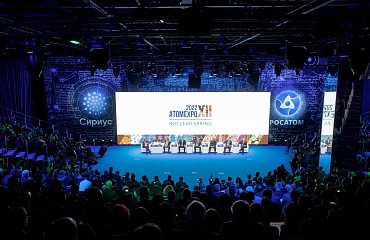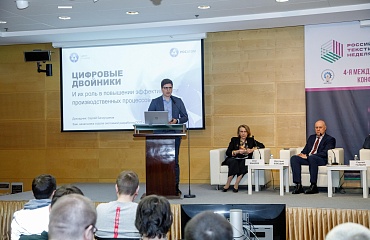
Rosatom SC has launched a program to support the transition of Russian industries to domestic engineering software for mathematical modeling.
During the year on the Rosatom site, the developers together with the industry representatives will discuss the practical application of the Russian CAE-systems, and establish the functional and technical requirements to the Russian software, taking into account the specifics of industries and enterprises. The first practical seminar meant for the transport machine building enterprises was held at Rosatom SC last week.
Rosatom program is aimed at strengthening the technological sovereignty of the Russian industry in the field of digital technologies and increasing the competitiveness of Russian industrial software. At the first stage it is supposed to hold a monthly cycle of events for power and oil and gas engineering, fuel and energy complex, as well as aviation, aerospace and nuclear industries.
The kick-off event for representatives of transport machine building enterprises was attended by specialists who provide mathematical modeling and engineering analysis processes at complex industry production facilities, as well as employees of leading research organizations of this area. The main issues on the agenda included the method of transition to domestic CAE-systems, the functions of Rosatom digital products Logos and REPEAT, as well as the software package pSeven from Datadvance, a member of the Consortium of developers and users of CAD/CAE systems. Seminar participants were shown the results of test operation of domestic engineering calculations software designed and comparative verification of Russian and foreign software.
At the opening of the seminar Rosatom Director for Mathematical modeling Dmitry Fomichev emphasized the key role of end-use industries in improvement of Russian industrial software. The interaction of enterprises with developers give the opportunity to reduce the time to improve software products and reach a level that fully meets the demands of the domestic industry. "Our task is to establish a unified computing CAE platform, which will cover the class of tasks to be solved to ensure the most complete features, including 3D and 2D modeling, as well as 1D modeling. Therefore, it is important for us to know the needs of enterprises, their proposals and requests in order to focus and develop this kind of system within two or three years.
Dmitry Fomichev reminded that within the framework of the development of domestic CAE systems the Consortium of CAD/CAE system developers and end-users developed seven projects for implementation on the basis of industrial competence centers (ICC) in 2022, four of which were approved by the Russian Ministry of Finance and received state grant funding. “Based on consultations with industrialists, we will be able to initiate new projects for the development and implementation of industrial software, which will be another step towards technological sovereignty in the mathematical modeling,” he emphasized.
Specialists of the Russian Federal Nuclear Center - All-Russian Scientific Research Institute of Experimental Physics (VNIIEF, Rosatom) who work on the software package Logos presented new functions of the modules Logos Aero-Hydro, Logos Heat, Logos Strength and Logos Platform to the seminar participants.
Roman Korolev, Deputy Head of the department at RFNC-VNIIEF (Rosatom), stressed that Logos was developed taking into account the specifics of industries and specific enterprises, and feedback from end-users was the most effective tool for solving problems of transition to domestic software without losing efficiency of production processes. “We are facing the task of consolidating the efforts of developers and customers for further development of Logos, so that the level of its functions fully meets future challenges. We are open to a dialogue," he said.
Yuri Stepanov, Head of the Digitalization Project Office of Rusatom Service JSC (Rosatom), said that the development of the domestic product REPEAT of class 1D SAE systems was implemented based on experience of foreign companies, and its forced development could be possible be only with an active dialogue with industrial end-users, which will ensure the international level of competitiveness: "We studied the experience of foreign colleagues who are now present in the modeling market and have reproduced some test cases. Though, the absence of live communication with the customer makes us rely only on examples and gives us only a relative understanding of the real needs. Though together we will achieve the results and manage to bring the Russian product REPEAT to the world level.
Yuri Stepanov added that developers were ready to consider a pilot project, thus investing into solving specific tasks of some end-use enterprises: “We are looking for a real customer, who will voice real requirements. We are ready to quickly start addressing the issues with this customer, as well as to invest our own funds into this process within the framework of the pilot project”.
As an example of successful cooperation with car manufacturers, the result of testing the import-independent platform of model-oriented 1D modeling environment REPEAT, developed by specialists of ETC GET JSC (Rosatom), was presented at one of the enterprises: the software package was used to successfully simulate the car electrical systems under different conditions. The new calculation simulation kernel for multi-domain systems and full integration with PLM/PDM-systems were among the functions of software package REPEAT.
During the discussion, the representatives of the largest car manufacturing companies outlined their requirements for the functions of the engineering software, corresponding to the needs of the industry. Proposals were made to develop the product Logos in terms of developing functions for working with geometric objects, building calculation grids and processing modeling results.
.jpeg)

